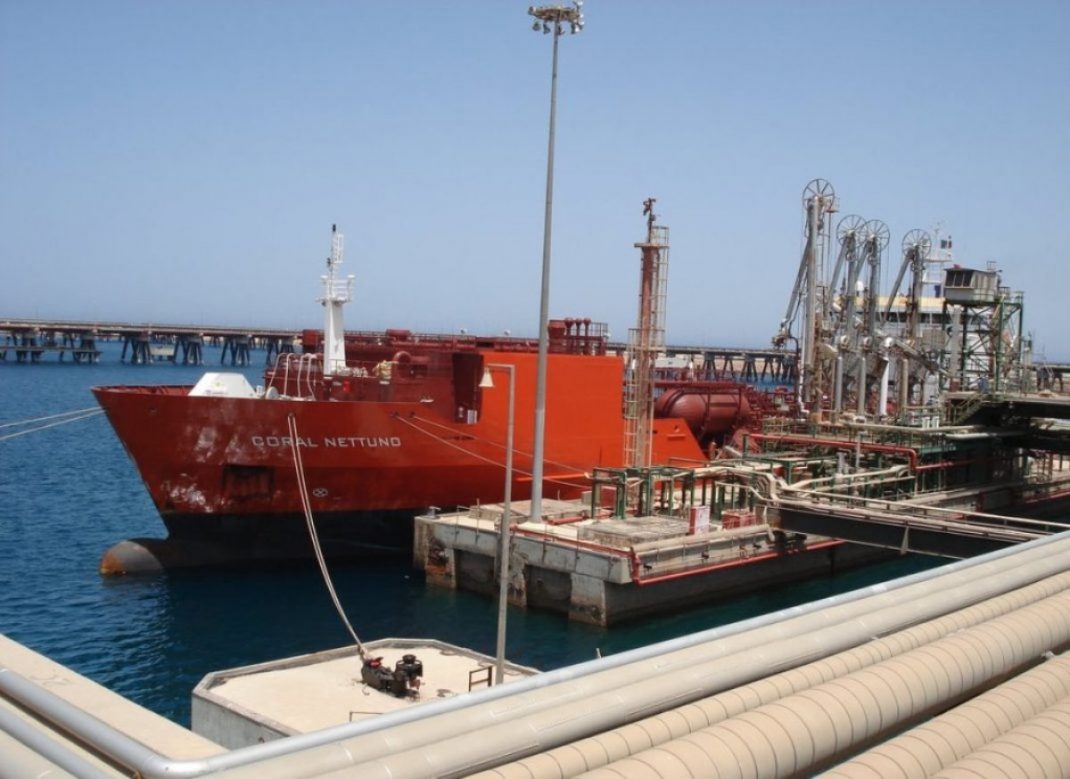By Matt Smith
Oil prices are heading lower as we jump into the fifth month of the year, amid concerns from a mixed bag of global economic data and increasing exports from Libya.
Crude continues to hunt for signs of material market tightening, hark, here are five things to consider in oil markets today.
1) The chart below shows that U.S. imports of Middle East crude have continued to hold strong in recent months, despite the OPEC production cut deal. Total waterborne imports are up 3 percent through April versus year-ago levels, while imports from the Middle East are up 23 percent.
While Saudi Arabia continues to supply the majority of the barrels, Iraqi flows have doubled in each of the last two years, at a current pace just under 600,000 barrels per day through the first four months of the year.
2) The year-on-year surplus for total U.S. oil and product inventories peaked in November 2015 at nearly 190 million barrels, before gradually being whittled lower ever since.
We fell to a YoY deficit for the first time since mid-2014 for the week ending April 14, before last week’s inventory report lifted us to a surplus once more.
Total U.S. oil and product inventories (ex-SPR) reached a record in August of last year at 1.374 billion barrels. Since the start of the year, however, we have added nearly 16 million barrels, to sit currently at 1.338 billion barrels.
U.S. oil and product inventories account for approximately 45 percent of total OECD inventories. This explains why there is such a surgical focus on U.S. inventory levels. Not only are U.S. inventories the most transparent in the OECD, they are also the biggest chunk of them. That is why the market will likely remain skeptical of market tightening unless it continues its ongoing trend of depletion.
3) With higher year-on-year oil prices, PetroChina reported a profit in Q1, while CNPC has seen net income more than double for the same period. Nonetheless, China’s leading oil companies continue to see domestic oil production declining.
Although PetroChina, CNPC and Cnooc are raising capex for the first time in four years, domestic oil production is unlikely to rebound until 2018 or 2019, as the companies shift their focus towards natural gas. Total Chinese oil production fell 6.8 percent in Q1, while natural gas rose by 3.4 percent – reaching a record in March.
***
Matt Smith – ClipperData’s Director of Commodity Research.
___________




